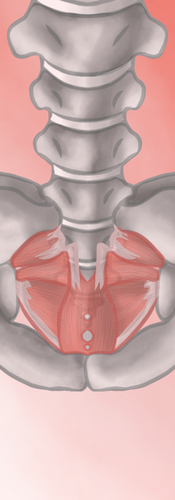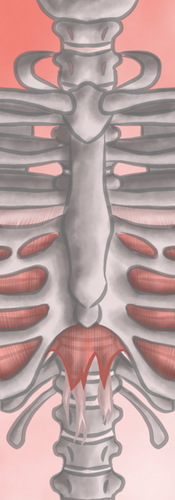Closing In On the Separation
- Rebecca Cook
- Oct 14, 2022
- 3 min read
Updated: Nov 28, 2022

I was seven months pregnant with my second son when I had the incredible opportunity to visit the Taylor sisters in Boulder, Colorado and go through their Intensive Pilates Training. I had been certified in mat and reformer at that time, but was anticipating all I would learn when I reached their doors. As second generation Pilates teachers, they had been trained by Romana Kryzanowska, Joseph Pilates's protege and Pilates Elder.
Because I was pregnant, I expected to have an observational experience, soaking up all of the work. I was invited to take a private lesson with Rachel and participate in a few mat classes, to the best of my ability. As the week went on, nothing could have prepared me for the enthusiasm that grew inside me for the Pilates work . I knew I wanted to delve deeply into the method, even beyond that weekend. I was definitely on an educational high. I had been a certified personal trainer for NASM and worked for the largest, highest grossing gym in Cleveland, Ohio. I had trained an Olympic Speed Skater and felt confident in my training. However, Pilates was different. There were answers to questions I had never understood. There was an enormous amount of attention on kinesiology, bio mechanics and contraindications. Contraindications are when a certain population should avoid a specific type of exercise or when an exercise should be modified for a specific group of people. For example, individuals with osteoporosis should not be flexing the spine, especially weighted flexion, because it can cause them to have spinal fractures.
I was still in my twenties and fit as a fiddle. I was surprised at what took place after one of the mat classes. I was not doing every exercise in the mat class because there are certain contraindications for pregnancy, and I was in my third trimester. Even still, a sweet woman approached me when we were done. She had some materials she had taken time to copy for me. She explained that she noticed that my abdominals were raising outward in a triangular shape when in some flexion during class and that she was concerned that I might be having some diastasis recti taking place. I knew of this condition, but thought, "No, not me!" I don't know why, but I felt embarrassed. I wanted to crawl in a hole. Perhaps it was the high standard that I held myself to. As a movement professional, I should have known better. I should have been looking. Why didn't I notice? Boy, did I beat myself up. To be honest, I was appreciative of what this woman said, but I wished it was not my reality. I stopped doing the exercises that were giving me that stretch, but after I had baby, I did not take time to try to heal my diastasis recti. Two more pregnancies and children later, I still had this condition along with uterine prolapse.
So what is diastasis recti and why should we work toward healing? Diastasis recti is the stretching out of the Linea Alba, the connective tissue between the two halves of the rectus abdominus, due to outward pressure on the abdominal wall. It is prevalent in women who have been pregnant, but can also be found in women who have not been pregnant and in men. Believe it or not, if you look at Joseph Pilates in his later life, you can see that he had diastasis recti. Some signs of diastasis recti include a separation of one, two or three fingers widths between the two sides of the rectus abdominus. One can also have a pooching look above or below the belly button, a coning shape that pushes out when doing a curl up, a challenge while lifting or moving or pain during sex.
There is hope for people with diastasis recti. It can be healed or greatly improved through an individual plan with a Pilates Practitioner. If left untreated, it can lead to overuse of your obliques or an anterior pelvic tilt which can cause a plethora of other issues. One of the first things taught in a session with a Pilates Practitioner is how to breath while contracting and releasing your core muscles. A clear understanding of the four muscles that make up your core and how to use them is an essential part of finding relief from diastasis recti. This is more common than one might think, so there is no need to feel ashamed or that you have done something wrong.
Below are a few exercises to begin your healing process. Please, reach out if you would like an individual plan designed for you. Bela Pilates can accommodate in-person and online private training. Reach out to us at belapilatesllc@gmail.com.
















Comments